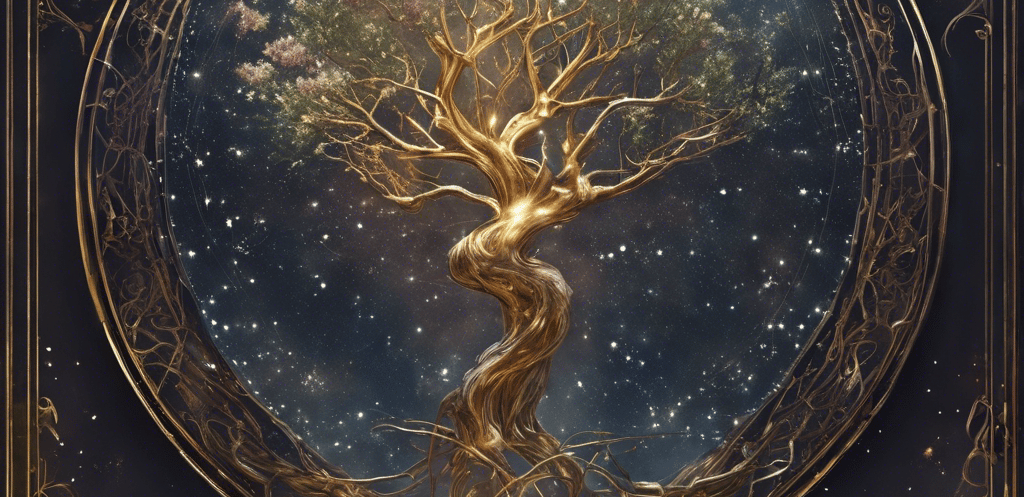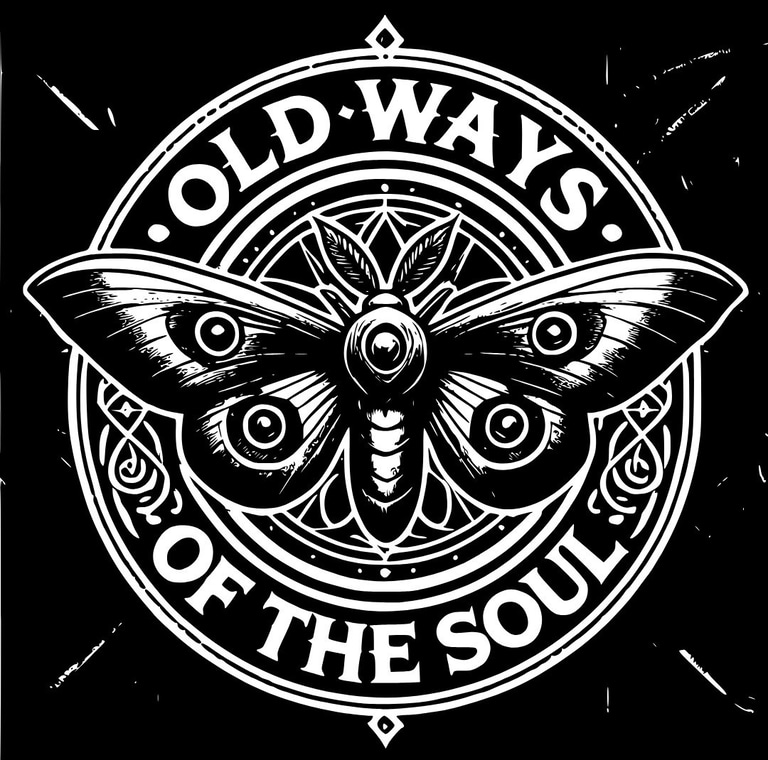Spirituality vs Religion
What is the difference?


Spirituality and Religion: From Pagan Roots to Christian Traditions
Spirituality and religion often walk hand in hand, but they are not the same path. Religion is structured: it comes with doctrine, ritual, sacred texts, and community rules. Spirituality, however, is personal. It is how we, as individuals, connect with the divine, the ancestors, the earth, or the unseen forces that shape our lives. Both have value, but they serve different needs—the collective and the individual, the outer practice and the inner journey.
Pagan Rhythms of Life
Long before Christianity, Europe pulsed with pagan celebrations tied to the cycles of the earth. The Celts, the Norse, the Romans, and countless other peoples built their calendars around the sun, moon, harvests, and the turning of the seasons. Festivals weren’t just days off—they were spiritual acts of alignment with nature.
The Celtic Wheel of the Year outlines eight sacred festivals. Samhain marked the death of the harvest and the honoring of the ancestors; Yule celebrated the rebirth of the sun at the darkest night; Beltane lit the fires of fertility and passion; Mabon gave thanks for the harvest’s balance. These festivals were deeply woven into community life—rituals of fire, feasting, song, and offerings that connected humans to land and cosmos.
Even the Roman world reflected this cycle: Saturnalia in December honored Saturn with feasting and gift-giving, while Sol Invictus, “the Unconquered Sun,” was worshipped at the winter solstice (Beard, North & Price, Religions of Rome).
Christianity Meets the Old Ways
When Christianity spread across Europe, it did not encounter a spiritual blank slate. It encountered thriving traditions, myths, and sacred rhythms. The Church fathers understood that erasing these traditions outright would be nearly impossible. So instead, they baptized them. Pope Gregory the Great, in a letter to Abbot Mellitus in 601 CE, instructed missionaries not to destroy pagan temples but to repurpose them for Christian worship. People were encouraged to keep celebrating, only now with a Christian story layered over the old one.
This blending gave birth to the festivals we recognize today:
Yule → Christmas: The solstice festival of Yule honored the rebirth of the sun with evergreen trees, fires, and feasting. By the 4th century, Christ’s nativity was placed in December to coincide with these traditions. The Christmas tree, the Yule log, and even carols echo ancient pagan practices (Frazer, The Golden Bough).
Ostara → Easter: The spring equinox honored fertility, renewal, and the goddess Ēostre. Bede, an 8th-century monk, wrote that April was once called Eosturmonath after her. Rabbits and eggs—symbols of fertility—remained, even as the festival shifted to celebrate Christ’s resurrection.
Samhain → All Hallows’ Eve/Halloween: For the Celts, Samhain (October 31) was when the veil between worlds grew thin. Bonfires were lit, offerings were left for the dead, and divination was practiced. The Church reframed this with All Saints’ Day (November 1) and All Souls’ Day (November 2), yet Halloween still carries the bones of Samhain—ghosts, candles, masks, and offerings for spirits.
Imbolc → Candlemas: Imbolc, dedicated to Brigid, goddess of hearth and flame, became Candlemas, a feast of purification and light. Brigid herself was transformed into St. Brigid, one of Ireland’s most beloved saints, showing how seamlessly goddess became saint (Ó Catháin, The Festival of Brigit).
Midsummer → St. John’s Feast: Pagan solstice bonfires to honor the sun were kept alive under the Christian feast of St. John the Baptist on June 24, with fire still at the heart of the celebration.
Spirituality Beyond Boundaries
What these adaptations reveal is the resilience of human spirituality. Even when new religions rose to dominance, the old ways refused to die. They lived on in the rituals, symbols, and stories that people continued to practice—sometimes openly, sometimes quietly, woven into Christian liturgy itself.
Today, when we decorate a Christmas tree, hunt for Easter eggs, or light candles on Halloween, we are echoing ancient pagan rites. These practices remind us that spirituality is never bound by one religion alone—it is the human impulse to honor the turning of the year, the mystery of death, and the hope of renewal.
Religion gave structure to these practices, but spirituality kept their soul alive. And in that sense, every time we celebrate, we are walking in the footsteps of our ancestors, carrying forward both the old faiths and the new.
I am a Pagan, and that is my right.
My path is not defined by dogma or the walls of a church. It is found in the turning of the seasons, in the whisper of ancestors, in the firelight that flickers against the night. My spirituality flows through earth, sky, and spirit—it is older than kingdoms, older than empires, older even than the idea that one single way could ever contain the mystery of existence.
For centuries, people like me were told to silence our prayers, to hide our rituals, to bend our will beneath the weight of someone else’s god. The old festivals were painted over, their names changed, their fires dimmed but the roots remained. You cannot erase what is carved into the land. You cannot outlaw the sunrise, or the solstice, or the deep knowing that all things are sacred.
To be Pagan is not a rebellion it is a remembrance. It is honoring the cycle of life and death, the spirits who walked before me, and the divine that moves through all beings. It is my right to call the four winds, to celebrate the solstice, to leave offerings for my dead, to weave spells in the quiet of night. My right to be Pagan is not granted by law, nor by the tolerance of others. It is written into the very fabric of existence.
No one should have to apologize for the path that calls to their soul. No one should be shamed for bowing to the moon instead of a cross, for lighting a candle to Brigid instead of a saint, for finding holiness in the forest instead of a temple.
My right to be Pagan is the same as anyone’s right to be Christian, Muslim, Jewish, or any other faith. Spiritual freedom means all paths are valid, not only the ones sanctified by power. I claim that right not in defiance, but in truth: I am Pagan, and I will not hide. Claim yours.
